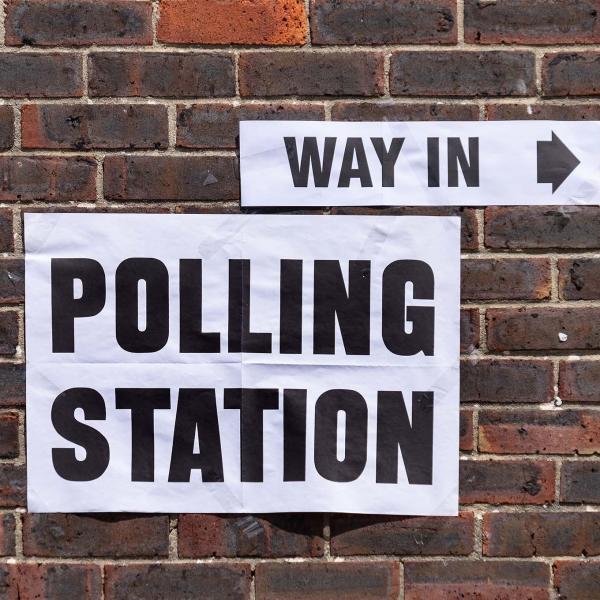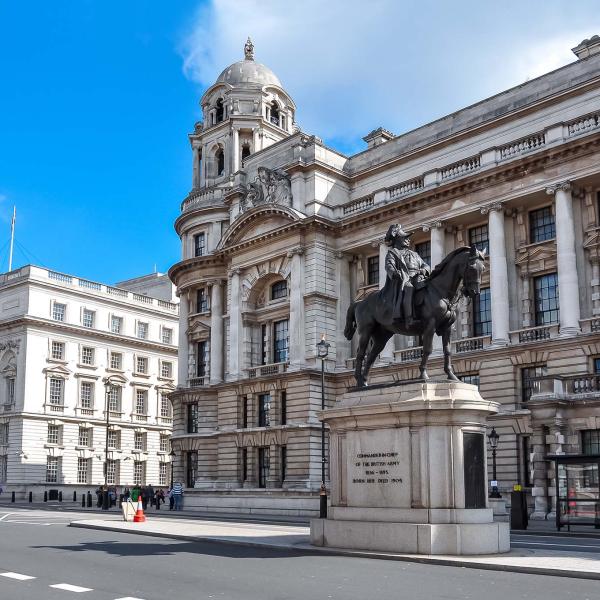Real-terms funding for the Scottish Government’s day-to-day (or resource) spending in 2021-22 is still set to be 2% lower per person than in 2010-11, after excluding temporary COVID-19 related funding, and adjusting for new responsibilities.
However, this fall is smaller than the fall seen in England over the same period. That’s because of slower population growth and a flaw in the Barnett formula until 2015-16 that meant Scotland escaped most of its share of cuts to local government funding. The Scottish Government now has over£1.30 per person to spend on public services for every £1 of comparable spending per person in England.
Almost all of this gap – 28.9p out of the overall 30.6p – is explained by relatively high levels of funding from the UK government via the Barnett formula. Net revenues from the Scottish Government’s devolved taxes, on the other hand, make only a marginal contribution.
This is partly because the Scottish government’s tax reforms have been modest. It is also because Scotland’s underlying income tax base has performed relatively poorly compared to the rest of the UK since the devolution of income tax powers, reflecting slightly weaker economic growth. This has offset almost three-quarters of the revenues raised by the income tax reforms. So, while the Scottish Government’s income tax reforms are estimated to raise around £456 million, the latest forecasts suggest it will receive just £117 million more in funding this year as a result of the devolution of income tax. Had income tax not been raised revenues would have fallen relative to a world without devolution.
These are among the findings of the first Scottish Election Briefing Note by IFS researchers, funded by the Scottish Policy Foundation as part of its programme of work to inform public debate in the run up to the Scottish parliamentary elections.
Other key findings of the report include:
- The Scottish Government’s resource funding fell by 6% in real-terms between 2010-11 and 2017-18, as the Barnett formula passed on cuts to UK government spending in England. Since then, increases in spending in England mean the Scottish Government’s funding has also been increasing. Nevertheless, ‘core’ non-COVID-19 funding is still set to be only 3% higher above 2010-11 levels in the coming year, 2021-22 – a fall of around 2% per person, after accounting for population growth.
- The Scottish Government has been provided with £9.5 billion of funding on top of its core funding to help address the COVID-19 crisis in 2020-21 and is set to receive a further £3.3 billion in 2021-22. Additional flexibility over how much can be carried forwards and a special ‘funding guarantee’ mean that the Scottish Government will almost certainly receive more funding per person to address COVID-19 over these two years than is spent in England. This is on top of the gap in ‘core’ non-COVID funding already highlighted.
- The Scottish Government plans to use part of its temporary COVID-19 funding to fund a number of more permanent policies – including an expansion of free school meals and bus passes, extra funding for councils and NHS mental health services, and potentially some of the costs of higher public sector pay. However, from 2022-23, the money for these policies will likely have to be found from within the Scottish Government’s ‘core’ funding.
- That core funding is likely to be tight. In particular, the overall spending envelope pencilled in by the UK government in its March Budget imply spending £14 billion less on unprotected budgets in 2022-23 than was planned before the COVID-19 crisis. Fairly hefty increases in NHS and schools spending in England mean that the Barnett formula should still deliver a small increase in core funding in 2022-23 for the Scottish Government. But if the Scottish Government channels this money to the NHS and schools too, without additional funding from the UK government in its upcoming Spending Review or increases in Scottish taxes, spending on some services will likely need to be reduced in real-terms.
- Funding for capital investment saw bigger falls during the early 2010s, but larger subsequent increases and borrowing by the Scottish Government mean it is set to be at least 16% higher in real-terms this year than in 2010-11. However, the Scottish Government’s current borrowing limit could be reached in the next few years, meaning it will either have to cut back investment, or pay back existing borrowing more quickly out of its resource funding to enable it to continue borrowing for new investment.
David Phillips, Associate Director at the Institute for Fiscal Studies and author of the report said:
“Excluding temporary COVID-19 funding, the Scottish Government has over £1.30 per person to spend on public services this year for every £1 of spending per person on comparable services in England. This is almost entirely due to funding received from the UK government via the Barnett formula, with less than 2p of the gap due to the Scottish Government’s borrowing and higher income taxes. Indeed, the relatively weak performance of the Scottish economy means that the net revenues received from income tax have only increased slightly, despite tax increases in Scotland. They would have fallen relative to a world without tax devolution had those tax rises not been implemented, reminding us that devolution brings risks as well as opportunities.”
“Likely tight spending plans in Westminster could mean the next Holyrood administration will have to consider tax increases or cuts to some services – not least to pay for long-term policies on free school meals, public transport, council tax and mental health services, that this year will be paid for using temporary COVID-19 funding.”








